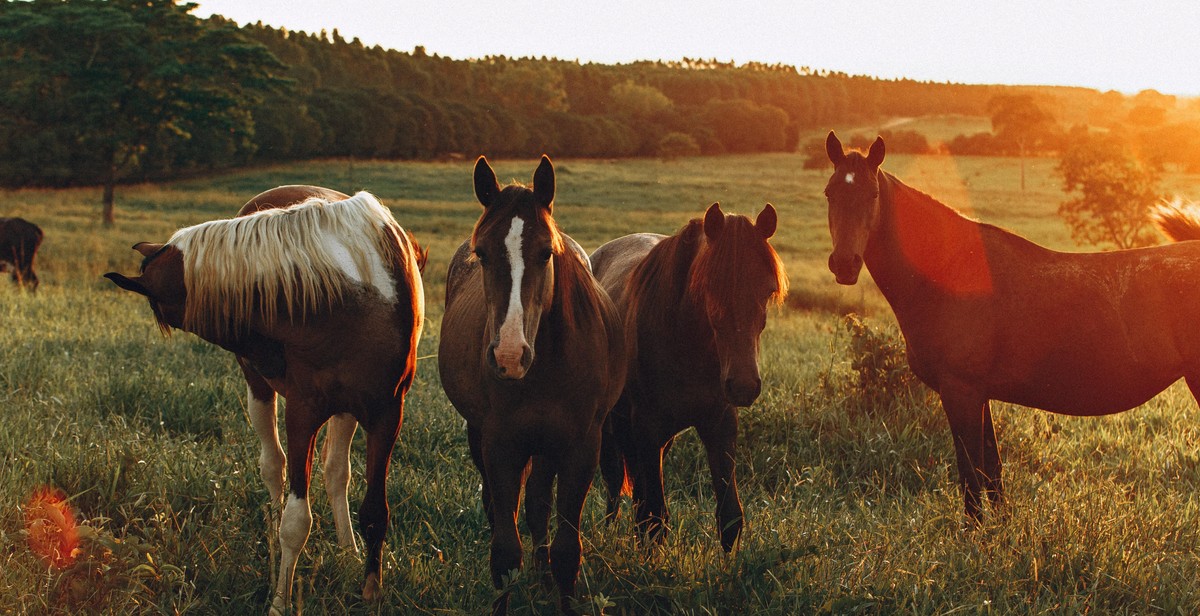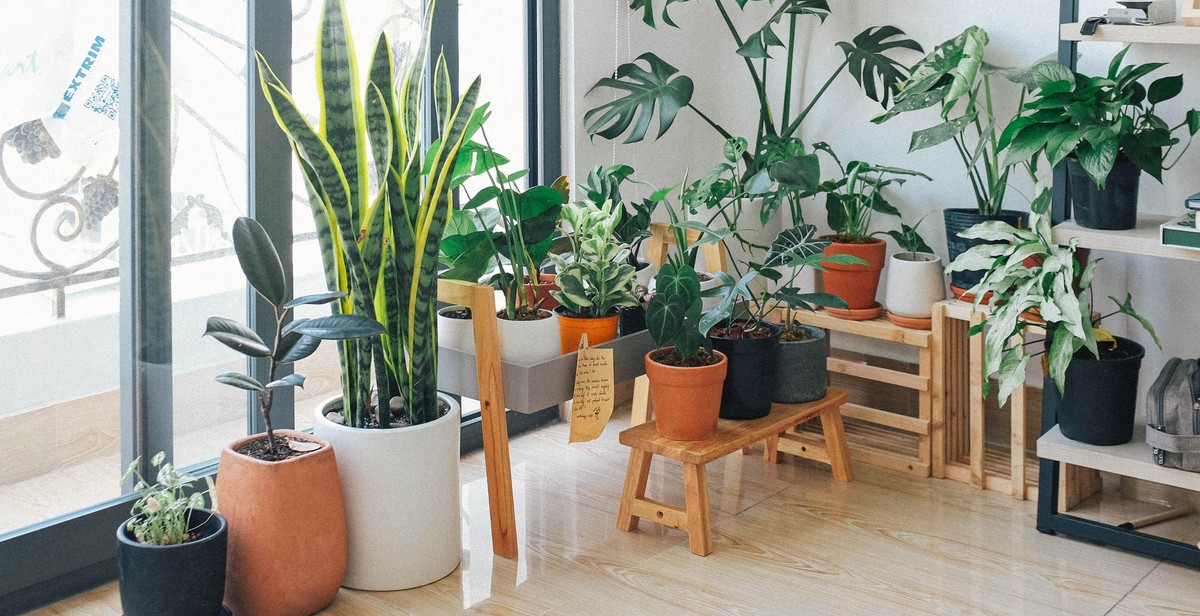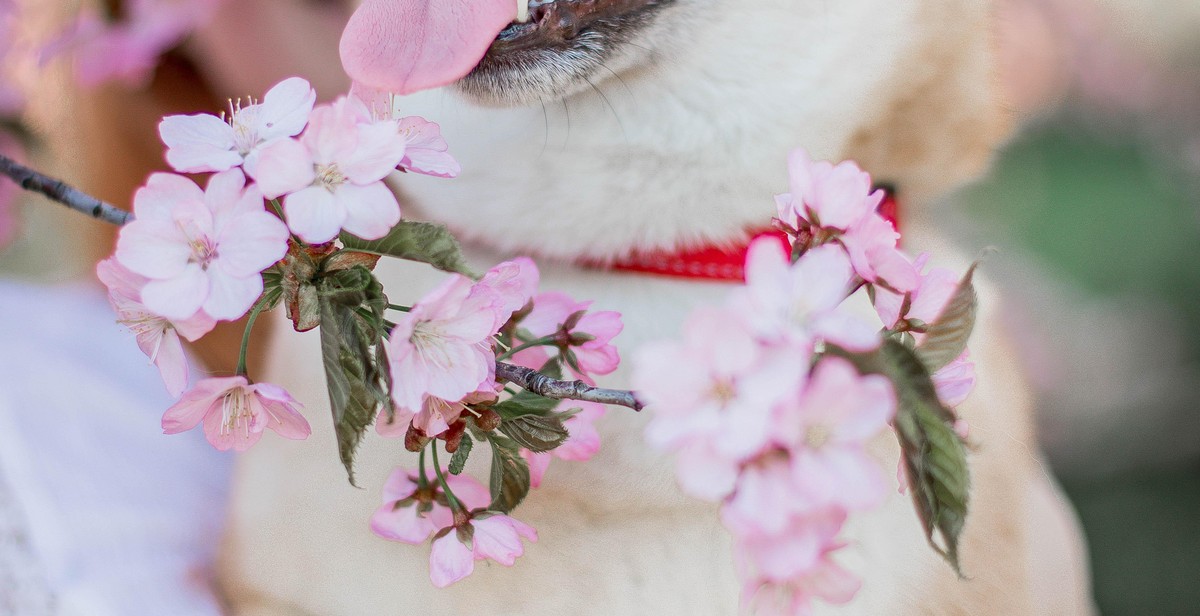How to Create a Horse-Friendly Garden: Design Tips for a Safe and Equine-Friendly Landscape
If you own horses, you know how important it is to provide them with a safe, comfortable, and healthy environment. And while you may have already taken care of their stable and pasture, have you considered creating a horse-friendly garden?
A horse-friendly garden is not only aesthetically pleasing but also serves as a safe and stimulating environment for your equine companions. However, designing such a garden can be challenging, especially if you’re not familiar with equine behavior and their needs.
In this article, I’ll share with you some design tips that will help you create a horse-friendly garden that is not only beautiful but also safe and practical for your horses. From choosing the right plants to creating a safe layout, you’ll learn everything you need to know to create a garden that both you and your horses will love.
Why Create a Horse-Friendly Garden?
Creating a horse-friendly garden has many benefits. Firstly, it provides your horses with a safe and stimulating environment, which can improve their mental and physical health. Secondly, it can enhance the beauty of your property and increase its value. Lastly, it can be a fun and rewarding activity for you and your family.
So, whether you’re a seasoned gardener or a horse owner looking to create a new outdoor space, read on to learn how to create a horse-friendly garden that is both beautiful and practical.

Understanding Horse Behavior in Gardens
Before creating a horse-friendly garden, it is important to understand the behavior of horses and why they love to graze. Horses are natural grazers, meaning they are designed to eat small amounts of food frequently throughout the day. In the wild, horses spend up to 16 hours a day grazing on grass, herbs, and other plants.
When horses graze, they use their lips and tongue to pull up grass and other vegetation from the ground. They also use their front teeth to bite off the tops of plants. Horses prefer to eat young, tender plants and will avoid older, tougher vegetation.
Why Horses Love to Graze
Horses love to graze for several reasons. Firstly, grazing is a natural behavior that helps them maintain their physical and mental health. Eating small amounts of food frequently throughout the day helps to keep their digestive system working properly and prevents boredom and stress.
Secondly, grazing is a social activity for horses. In the wild, horses graze together in herds, and grazing helps to strengthen social bonds between them. Grazing also helps horses to establish a hierarchy within the herd.
Finally, grazing is a way for horses to obtain the nutrients they need to survive. Grass and other vegetation provide horses with essential vitamins, minerals, and fiber that they need to maintain their health.
How Horses Can Damage Your Garden
While horses love to graze, their grazing behavior can also cause damage to your garden. Horses can trample on plants and soil, causing compaction and soil erosion. They can also pull up entire plants or eat them down to the ground, leaving unsightly gaps in your garden.
In addition, horses have a tendency to eat certain plants more than others. They prefer young, tender plants and will avoid older, tougher vegetation. This means that certain plants in your garden may be more susceptible to damage than others.
Another way that horses can damage your garden is by leaving behind manure. While horse manure is a valuable fertilizer, it can also contain weed seeds and pathogens that can harm your plants. If not managed properly, horse manure can also attract flies and other pests.
| Plant Type | Susceptibility to Horse Damage |
|---|---|
| Grass | High |
| Clover | High |
| Alfalfa | High |
| Young Trees | High |
| Herbs | Medium |
| Shrubs | Low |
| Perennials | Low |
Knowing which plants are more susceptible to horse damage can help you choose the right plants for your garden and take steps to protect them from grazing horses.

Designing a Horse-Friendly Garden
Designing a horse-friendly garden requires careful planning and consideration of the needs and safety of your equine friends. Here are some tips to help you create a safe and equine-friendly landscape:
Fencing and Boundaries
The first step in creating a horse-friendly garden is to ensure that the boundaries are secure and safe. Fencing is essential to keep your horses within the designated area and to prevent them from wandering off and getting into danger. The fence should be at least 5 feet high and made of sturdy materials such as wood or PVC. Ensure that the fence is properly maintained and free from any sharp edges or protruding nails that could harm your horse.
Plants to Avoid
There are several plants that are toxic to horses and should be avoided in your garden. These include plants such as buttercups, foxglove, and yew. These plants can cause serious health issues and even death if ingested by your horse. It’s important to research and identify any toxic plants in your area and remove them from your garden.
Plants to Include
When selecting plants for your horse-friendly garden, it’s important to choose those that are safe for your equine friends. Some great options include grasses such as Bermuda and Timothy, as well as clover and alfalfa. These plants provide a good source of nutrition for your horses and are safe for them to graze on. Additionally, trees such as oak and maple provide shade and shelter for your horses.
Creating a Safe Grazing Area
Creating a safe grazing area is essential to the health and well-being of your horses. Ensure that the area is free from any hazards such as rocks or debris that could cause injury to your horse. Additionally, the grazing area should be well-drained to prevent your horse from standing in wet or muddy areas, which can lead to health issues such as thrush. It’s also important to rotate your horses’ grazing area to prevent overgrazing and to allow the grass to recover.
| Plants to Avoid | Plants to Include |
|---|---|
|
|

Maintaining a Horse-Friendly Garden
Creating a horse-friendly garden is not a one-time task. You need to maintain it regularly to ensure that it remains safe and healthy for your equine friends. Here are some tips for maintaining a horse-friendly garden:
Regular Maintenance
Regular maintenance is essential to keep your horse-friendly garden in good condition. You need to mow the grass regularly to prevent it from becoming too long. Long grass can harbor ticks, which can cause Lyme disease in horses. Additionally, long grass can make it difficult for horses to graze, which can lead to overgrazing and soil erosion. You should also weed your garden regularly to prevent weeds from taking over and competing with your plants for nutrients and water.
Managing Grazing and Trampling
Horses can cause damage to your garden by grazing and trampling on plants. To prevent this, you need to manage their grazing and trampling. You can do this by creating a designated grazing area for your horses. This area should be large enough to allow your horses to graze comfortably without overgrazing the grass. You can also create a path for your horses to follow to prevent them from trampling on your plants. Additionally, you can use fencing to keep your horses out of certain areas of your garden.
| Tip: | Rotate your grazing area to prevent overgrazing and allow the grass to recover. |
|---|
By following these tips, you can maintain a horse-friendly garden that is safe and healthy for your equine friends. Regular maintenance and managing grazing and trampling are essential to keep your garden in good condition.
